Understanding the Whitetail Rut and How to Hunt the 7 Different Phases
The most prolific and accessible big game species in North America, Whitetail deer have been studied Ad Infinitum. Their sex life has become a focus of that attention, mostly because the biggest of the big bucks become more exposed, and thereby more vulnerable, as they throw caution to the wind and travel during daylight hours, driven by their innate instinct to breed.
Even still, much speculation persists around whether whitetail rut cycles occur early, on time, or even late. With due respect for those who follow lunar phase theories, let me reassure you that despite the various philosophies bandied about, it is photo-phase drive. As long as all things Whitetail are allowed to occur without manmade impositions, we can literally set our clocks based on the reliability of the timing of each estrus.
7 Key Stages of the Whitetail Rut
To simplify an admittedly complex subject, we can break down the Whitetail rut into seven basic stages. Understanding what motivates deer during each of these will undoubtedly help you in closing your next deer tag.
While we traditionally think of the rut as a November phenomenon across most of the continent (or later with some southern subspecies), the various stages of the rut actually begin as soon as bucks lose their velvet. In its truest sense, the Whitetail rut occurs over a three-to-four-month period. A crescendo of preparation culminates in the eventual breeding of does during their primary and subsequent estrus cycles. Marking the earliest stage of the rut, throughout the next four months, deer advance through seven clearly identifiable periods. Adapt your hunt strategies for each and success will follow.
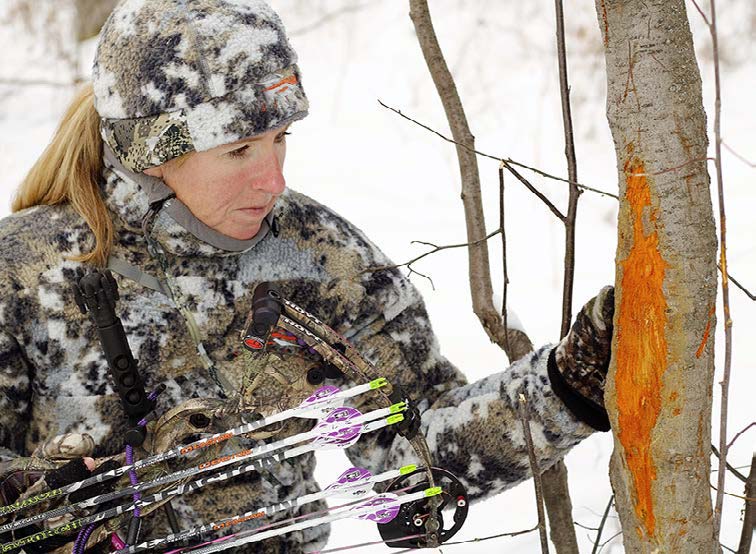
1. Transition from Velvet to Hard Antler
The shedding of antlers and impending regrowth is an annual occurrence. Highly vascular, velvet antlers grow rapidly on bucks, reaching their full potential generally by the end of August. This timeframe aligns with many of the earliest deer hunting seasons.
Lasting less than a week, this transition from velvet to hard antler marks the true beginning and earliest stages of the prolonged pre-rut. More pronounced with Whitetails, as soon as bucks rub off their velvet, they begin their ritual of making territorial boundary scrapes and rubs, mostly along field edges or near high deer traffic food sources throughout their home range. Even though the transition itself is brief, this pre-rut behavior continues throughout September and October until bucks begin to step up their search for receptive does.
In agricultural areas, first-of-the-year scrapes begin to show up along field edges and tree lines. Likewise, a few rubs will be evident in similar areas. These are more territorial markers, but as things heat up from mid-October on, rubs and scrapes become visible communication tools. With hard antlers, younger bucks can be seen periodically locking antlers and sparring, but their antics are undeniably more playful than confrontational. These interactions serve to help them assess their peers.
2. Seeking Phase of the Pre-Rut
By a more contemporary description, the pre-rut heats up and younger bucks in particular begin to move more at the end of October. Bucks and does both visit existing scrapes and urinate in them. Scrapes are almost always made under some type of overhanging branches. These are referred to as licking branches, because bucks lick and rub their orbital glands on these branches to deposit scent.
Urine and glandular secretions contain pheromones that indicate breeding readiness. Other deer visiting these sites detect the hormonally charged scents to identify which deer were there and whether the visitors were bucks or does. The seeking phase is best described as the general two-to-three-week portion of the pre-rut occurring just before the majority of does go into estrus.
Ask most hunters to define this phase, and they’ll identify it as the time when young bucks become eager to breed and begin to move more freely during daylight hours as they search for receptive does.
What many of us don’t understand is that the pre-rut is actually a much longer, drawn-out process. This second phase is a time when bucks begin to move throughout their home range, mark territory, and inventory does.
By late October across most of the continent, as the shorter daylight hours prompt bucks to prepare for breeding, they know that does will soon be receptive. The broadly defined “seeking phase” occurs mostly between October 24 and November 8, give or take a few days.
Survival of each species depends on the rut cycles, and that process is as guaranteed as the rising and setting of the sun. For bow hunters, or in jurisdictions where gun hunting seasons allow, this is a great time to be in the deer woods. During the seeking phase, bucks eagerly respond to doe bleats, buck grunts, and rattling. With primary scrapes showing up the last week in October, the best strategy a stand or blind hunter can employ during this phase is to set up over one of these primary scrapes, or in a known funnel or transition zone along a heavily used scrape line. Light rattling, grunting, and doe estrus bleats will often bring younger (and sometimes older bucks) in to investigate the commotion during this phase.
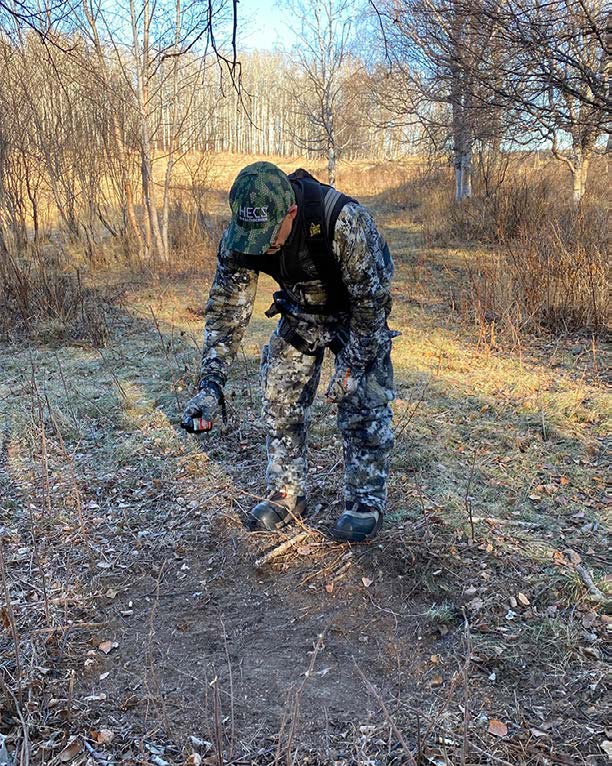
3. Chasing Phase, Still Pre-Rut
Sometimes difficult to differentiate, this shorter pre-breeding period occurs immediately after the seeking phase and just prior to actual breeding.
To simplify, it’s the time when does are almost in estrus and bucks know it. During the chasing phase, both young and older bucks feverishly scour the woods and pursue and literally chase does around, checking them for breeding readiness. Their individual purpose is to find and service a hot doe.
If you’re in the woods at this time, it can be magical. During both the seeking and chasing phase, where healthy buck-to-doe ratios exist, rattling, grunting, and using doe bleat calls can be extremely effective in attracting curious testosterone-driven bucks to close range. In some situations, a snort wheeze can draw a hesitant but driven buck into shooting range.
One of your best strategies will still involve locating and setting up over a primary scrape. These primary scrapes are often double or even triple the size of boundary scrapes, and they are visited regularly (usually daily) by both bucks and does in the area. Again, focus your efforts on a primary scrape during this chasing phase, and your chances of encountering deer go way up.
In very general terms, the chasing phase typically occurs throughout the Midwestern, Central, and Northeastern United States and across Canada through the second week in November. Given the different subspecies in some southeastern states, the timing can be four to six weeks later. For most of us though, we can anticipate the chasing phase to occur between November 9 and November 13.
With scrapes being used as a primary communication tool, bucks and does continue to service them with increased frequency during this phase. It’s at this point that a select number of primary scrapes will be visited most frequently. Locate one of these primary scrapes, and you will greatly increase your odds of having an encounter.
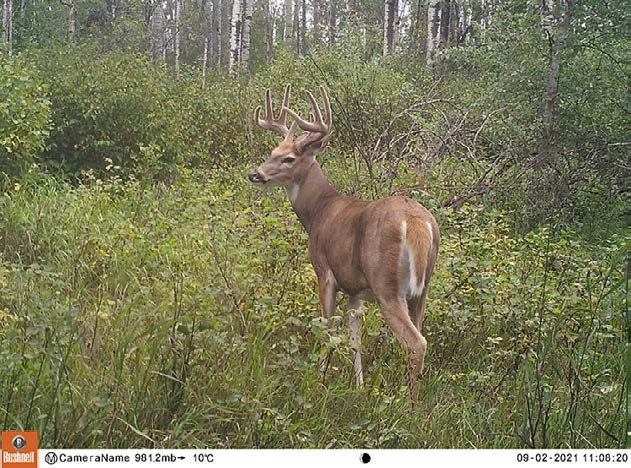
4. The Estrus, Peak Rut
The time of year most serious Whitetail hunters wait all year for—the breeding phase, or primary estrus period— is commonly recognized as the peak of the rut. This is when buck movement breaks wide open and the bucks are on the move. It’s the time when does go into estrus and are receptive to the breeding advances of eager bucks.
Across much of the continent, this peak Whitetail estrus intensifies between the 14th and 16th of November. Again, this varies by as much as four to six weeks in some Southeastern states, depending on the subspecies of Whitetail being hunted. As an example, in many of the jurisdictions I hunt, this peak primary estrus invariably takes place between the 12th and 14th of the month. In other areas, it can vary by a few days. This is the time when the first droplets of estrus blood can be observed on deer trails.
Effective hunt strategies persist over primary scrapes and at major trail intersections as we anticipate bucks traveling around the clock in search of hot does. With this in mind, setting up on open cutlines and right-of-ways, where we can catch bucks traveling across open areas, becomes an exceptional hunt strategy. Rattling and calling also continue to work very well during this phase.
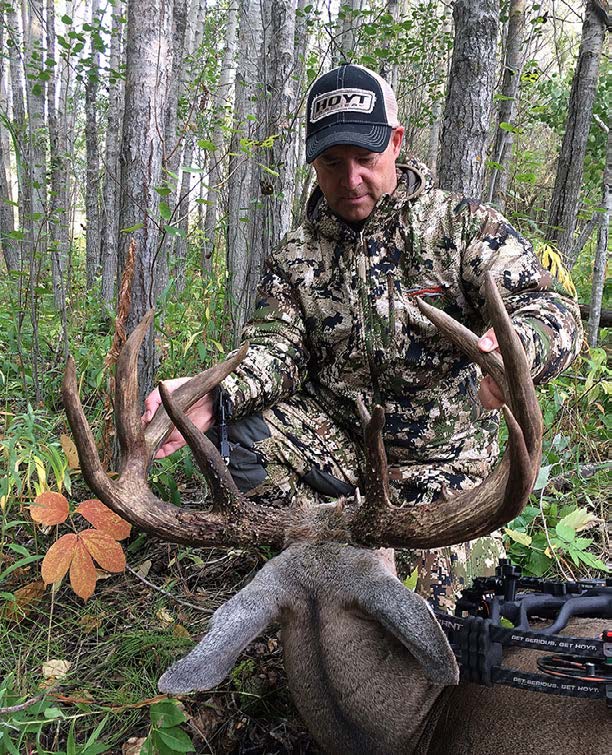
5. Lockdown Phase
The biggest challenge for hunters during the breeding phase is that when a buck locates a hot doe, he will usually stay close until that doe is bred. In fact, mature bucks, especially, will literally lock the does down. In other words, they will shadow the hot doe and hold them in a secluded location.
As breeding commences, the lockdown phase becomes more pronounced with each day. During this three-to-five-day stretch, it appears that bucks have all but vanished and their visible movement comes to an abrupt halt. Every year, I witness this distinct period play out. The timing is obviously between November 17 and November 20.
The name of the game at this point is focusing on early morning and late evening transitional movement between bedding and feeding areas. Patience is a virtue for the stand hunter, because bucks without does will still be on the move, looking for does that have not yet been bred.
Likewise, this period can present a great time to take a mature trophy Whitetail as big bucks drop their guard because breeding and traveling in search of does in estrus becomes their top priority. Continuing to throw caution to the wind, their sole purpose is breeding. While rattling and calling can and does work from time to time during the lockdown, that is a generally less effective process at this time. Most bucks visit those primary scrapes less frequently and, in instances where snowfall occurs, those scrapes can sometimes even be left untouched.
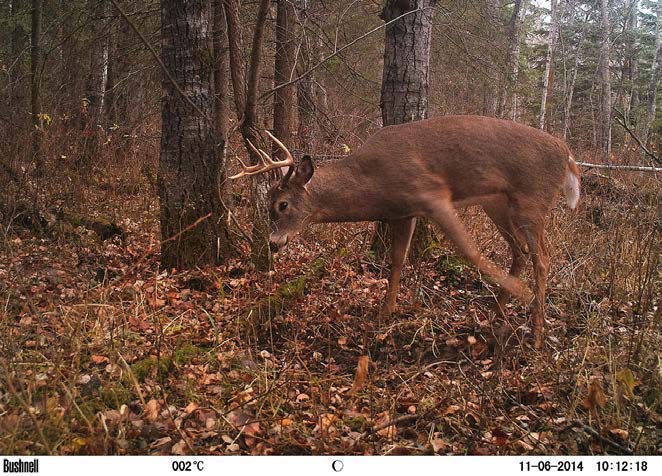
6. Second Estrus
If you don’t tag out by the end of the first round of breeding, don’t panic. A buck’s instinct motivates him to continue his search for hot does throughout November and even into the early part of December.
Approximately 10 days after the first estrus, does that didn’t get bred will go into estrus a second time. I’ve witnessed this during many deer seasons and it’s very obvious, as long as you’re on top of and watching the deer.
The primary difference is that visible buck movement decreases as they localize travel to within proximity of the does that still need to be bred. In the spot where I hunted last fall, the second Whitetail estrus was most notable between the 21st and 26th of November. The second estrus can be a tricky time to hunt, but if you move in tight to where does are feeding and bedding, you will no doubt increase your odds of getting a shot opportunity.
During the second estrus, those primary scrapes will again be opened up and both bucks and does will continue to visit and service them, even if for only a short time. So, strategically, setting up over these and along transition zones with good visibility will usually present shot opportunities.
7. Post-Rut
While a lot of hunting seasons close at the end of November, some states and jurisdictions remain open for hunting in December and January. That’s where hunters can capitalize on a third estrus, which loosely occurs 10 to 14 days after the second round.
Once that’s done, the game is pretty much over. The post-estrus stage brings an abrupt end to it all. With breeding accomplished, does almost seem to go into hiding. Bucks can be seen meandering here and there trying to locate any late does, but overall breeding is wrapped up, and within days, both bucks and does transition into their winter survival patterns.
Then, the weather turns colder. Across many states and provinces, there is typically snow on the ground. Deer readily shift back into their bedding and feeding patterns, moving only short distances to minimize energy expenditure. Where seasons allow, the best strategies for hunting the post-rut involve locating the best food source near prime thermal bedding cover. If you remember to hunt the food source, success will follow.
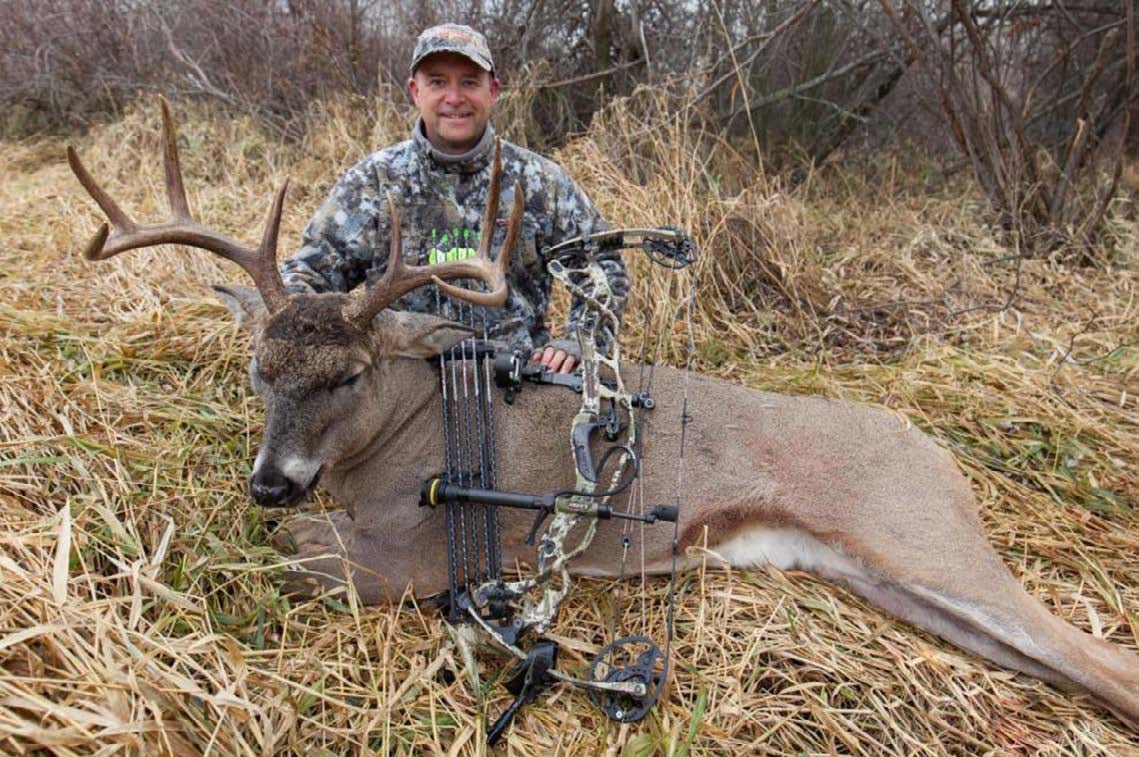
MOON PHASE VS. PHOTO PHASE
According to renowned Whitetail deer authority the late Charles Alsheimer, the seeking phase for Whitetails peaks three to four days before and after the rutting moon. He has defined that as “the second full moon after the autumnal equinox.”
If you’re a believer in moon phase influences on deer behavior, Alsheimer is perhaps the best-known authority in this area. Through his research, he indicates that bucks will make as many as 6-12 scrapes per hour at the height of the seeking phase. Translated, this means bucks are on the move, and your chances of encountering an otherwise-highly secretive Whitetail during this phase increase exponentially.
Given Alsheimer’s scientific explanations, the timing of the seeking phase and advancement into the chasing phase of the whitetail rut can vary by a few days. In general terms, the seeking phase begins as early as the third or fourth week in October and transitions near the end of the second week in November.
In slight contrast, my own research over the last 35 years suggests that moon phase plays a much less significant role, and that undisturbed does in any given area will, without exception, go into heat within a consistent 24-to-72-hour timeframe each and every year. Much like people though, a Whitetail doe’s estrus cycle can be manipulated somewhat by imposing manmade influence like hunting pressure.







































![Air gun 101: The differences between .177 & .22 – Which jobs they do best ? [Infographic]](https://airgunmaniac.com/wp-content/uploads/2020/09/g44-150x150.jpg)



